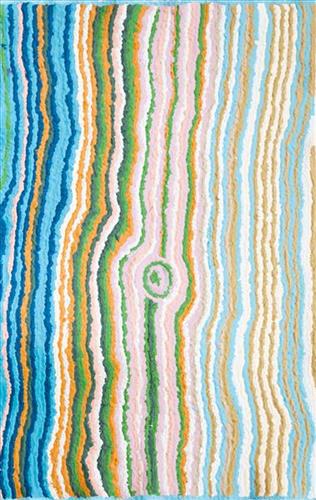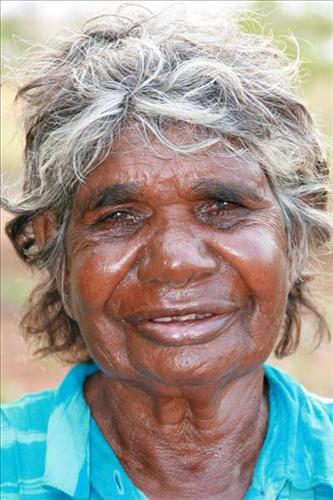111582092276
Jurnpanja
“This Jurnpanja rockhole. Kayili (east) from Yungkajul. Always kapi (water) there. Pujimanpa (desert dwellers) would drink from there. All bush-tucker there, wamurla (bush tomato), and minyarra (bush-onion). [My daughter] Barli was little one walking around that place. Pujiman (traditional, desert dwelling) time.
This one rockhole, Jurnpanja, and that’s a claypan, Wirrkujapayi. Water here, big one. This one we get water, then go another place, then another place. We’re walking around people you know?”
– Yikartu Bumba
Jurnpanja is a series of rockholes located kakarra (east) of Kunawarritji Aboriginal Community, and one of the water sources she would stop and camp at as a young woman. Jurnpanja lies within Yikartu’s ngurra (home Country, camp), the area which she knew intimately and travelled extensively in her youth.
As described in her account, Yikartu moved around this area seasonally with her family, walking between water sources, and hunting and gathering bush tucker as they went. At this time knowledge of water sources was critical for survival, and today Martu Country is still defined in terms of the location and type of water. Each of the hundreds of claypans, rockholes, waterholes, soaks and springs found in the Martu desert homelands is known by name, location, quality and seasonal availability through real life experience and the recounting of Jukurrpa (Dreaming) narratives.




